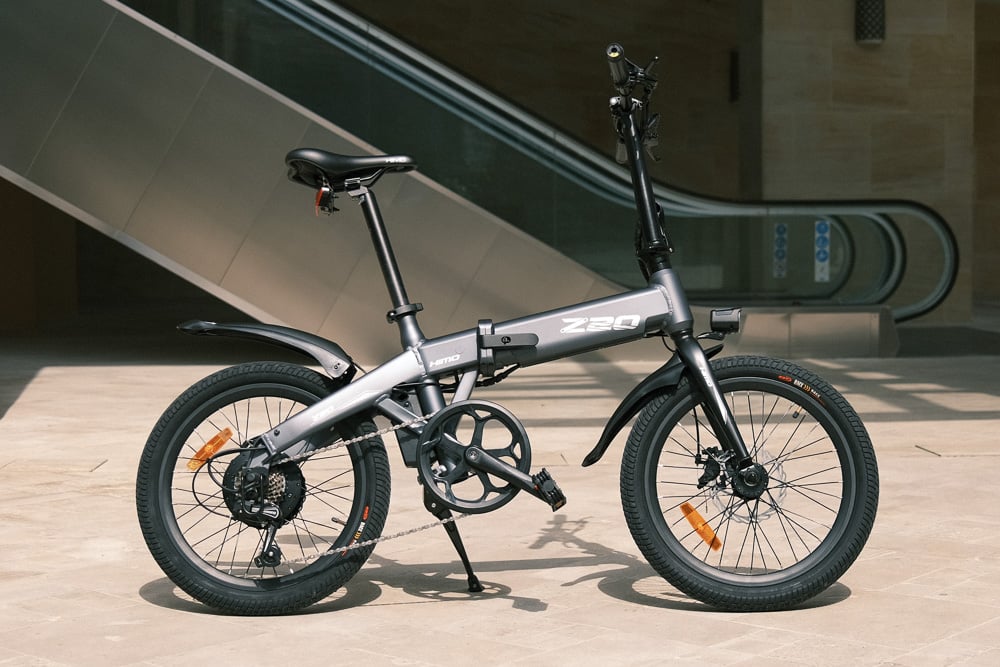
A bicycle is a highly efficient means of commuting amid standstill traffic and expensive fuel. However, not everyone is fit enough to be pedaling around the city, and that’s why e-bikes are gaining traction.
Himo is Xiaomi’s sub-brand with the Z20 being the flagship model in its line of folding e-bikes. Getting around Metro Manila has never been more difficult as it is now, so how could this electric bicycle help with your daily commute?
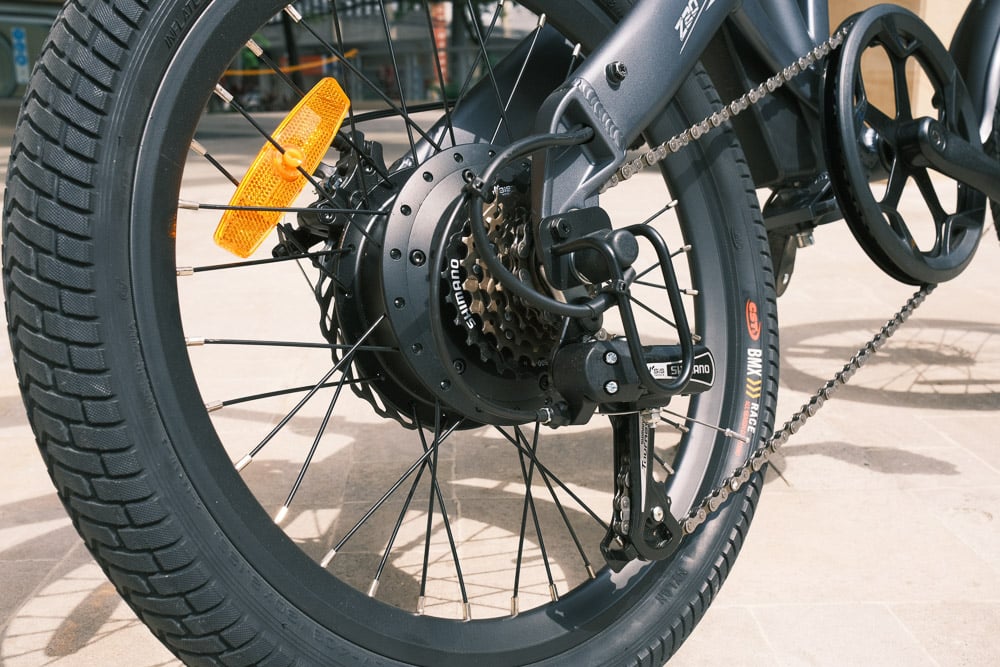
The first thing that sticks out is the thick aluminum frame tubing, which houses a 36V 10Ah battery that powers a 250W motor at the rear hub. You don’t have to worry as e-bikes can still be used in the rain—just don’t submerge the hubs and the bearings.
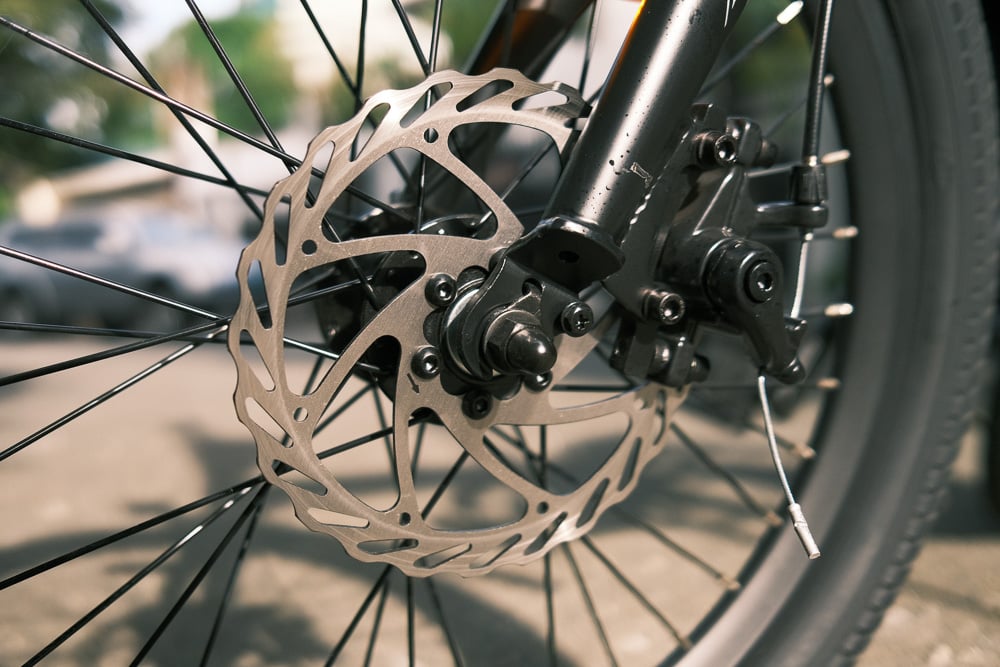
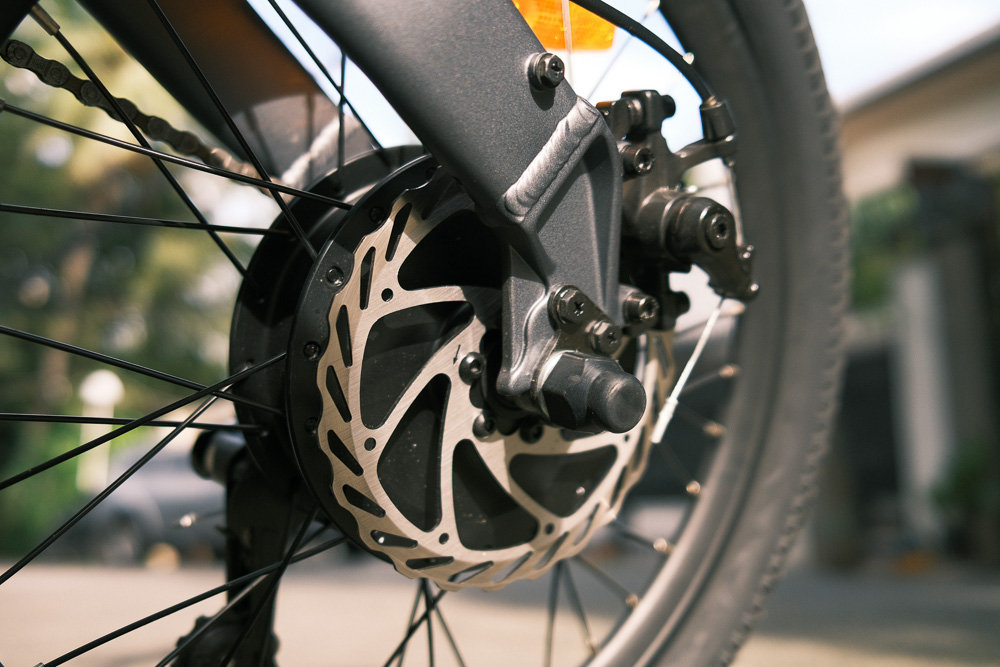
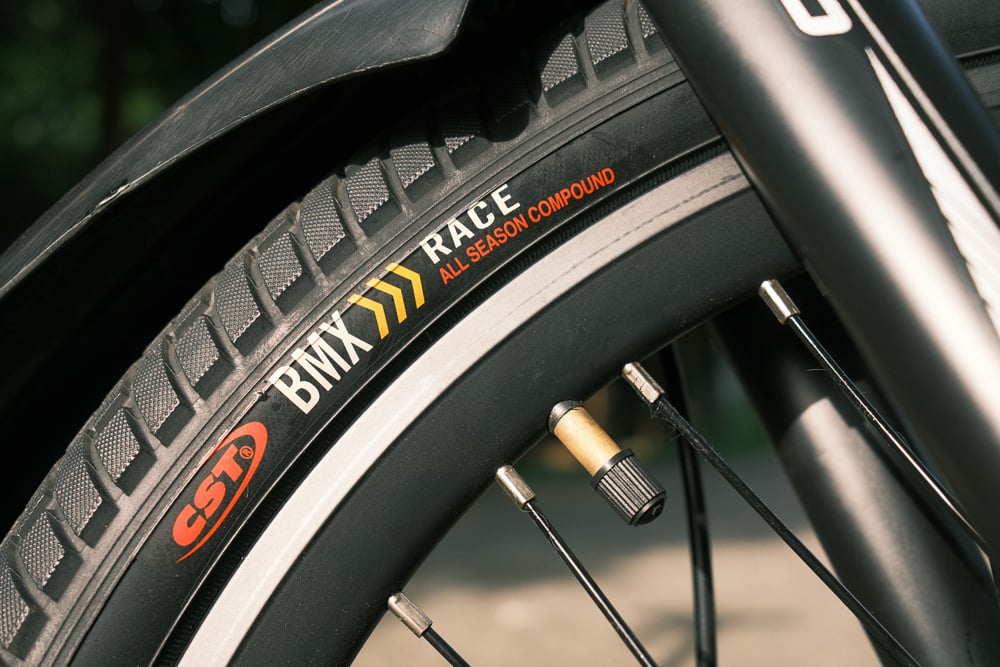
The drivetrain is a basic six-speed Shimano Tourney, which is fine since the motor should do the heavy lifting. Stopping power is provided by mechanical disc brakes, so slowing down in the wet shouldn’t be a problem.
The thick 20-inch (by 2.125-inch) CST tires help with bumpy and rough terrain. The front light is powered by the main battery, while the rear light has its own battery. Interestingly, the seat tube has an integrated pump; it’s handy but it lacks a pressure gauge.
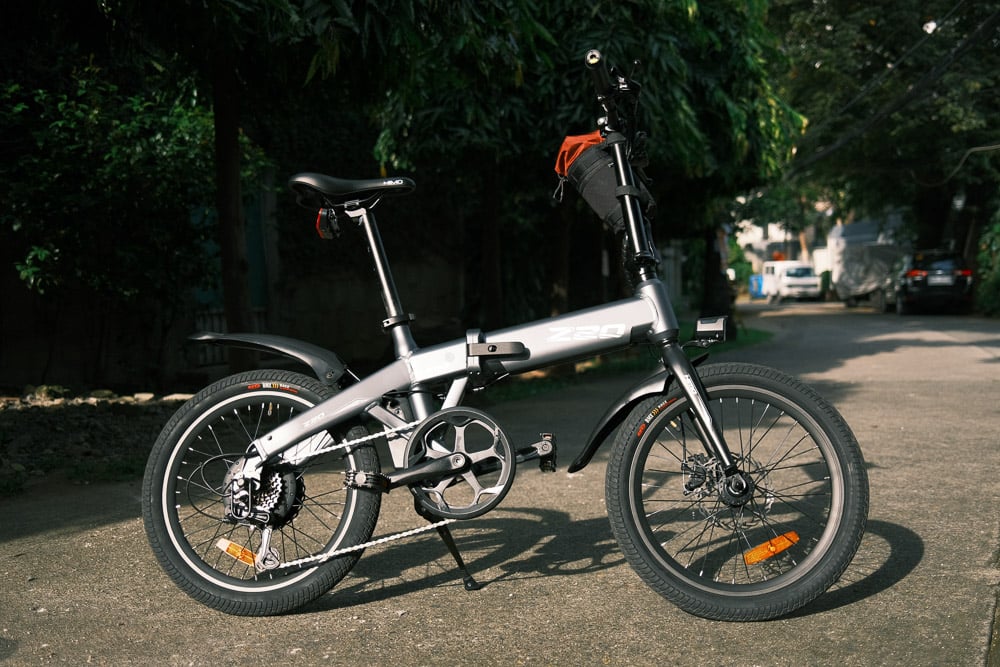
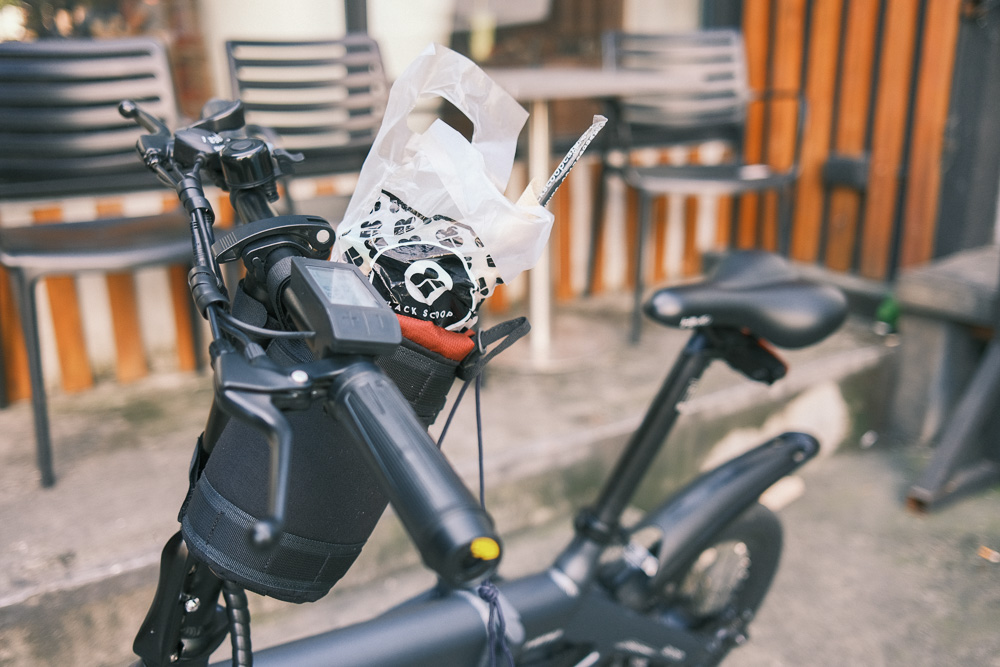
Being a mid-level e-bike, you can’t expect perfection from the Himo Z20, which has its own fair share of quirks. Unlike most bikes, the brakes are inverted where the right lever actuates the front brakes, while the left is for the rear.
There are no mounting points on the frame, so you’ll need to strap on a stem bag or attach a rear rack to carry things on the bike. The seat post is adjustable but not the handlebar height, so your arms will have to adapt.
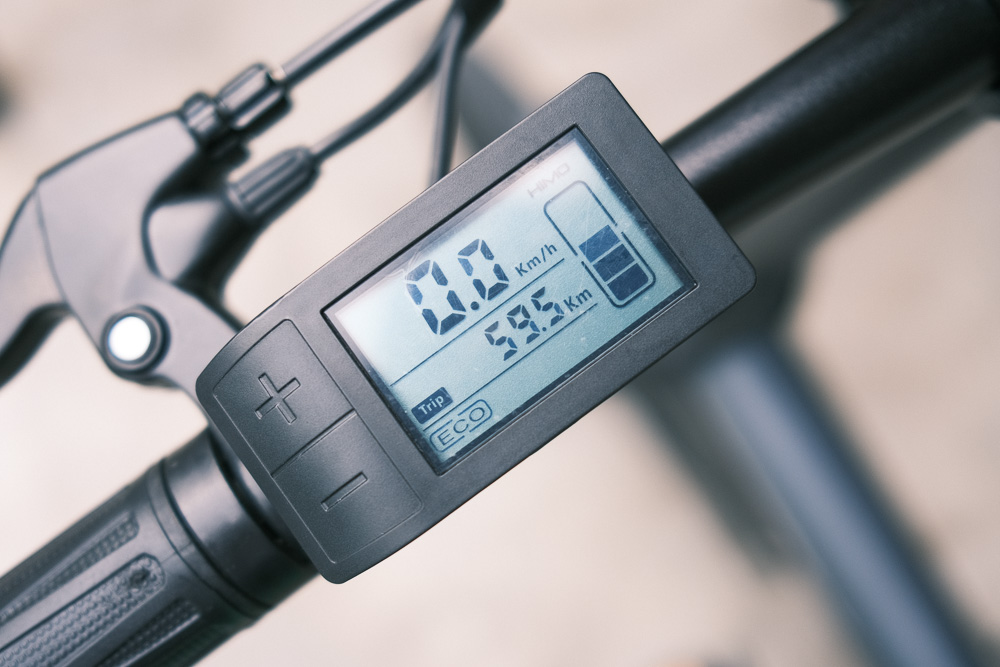
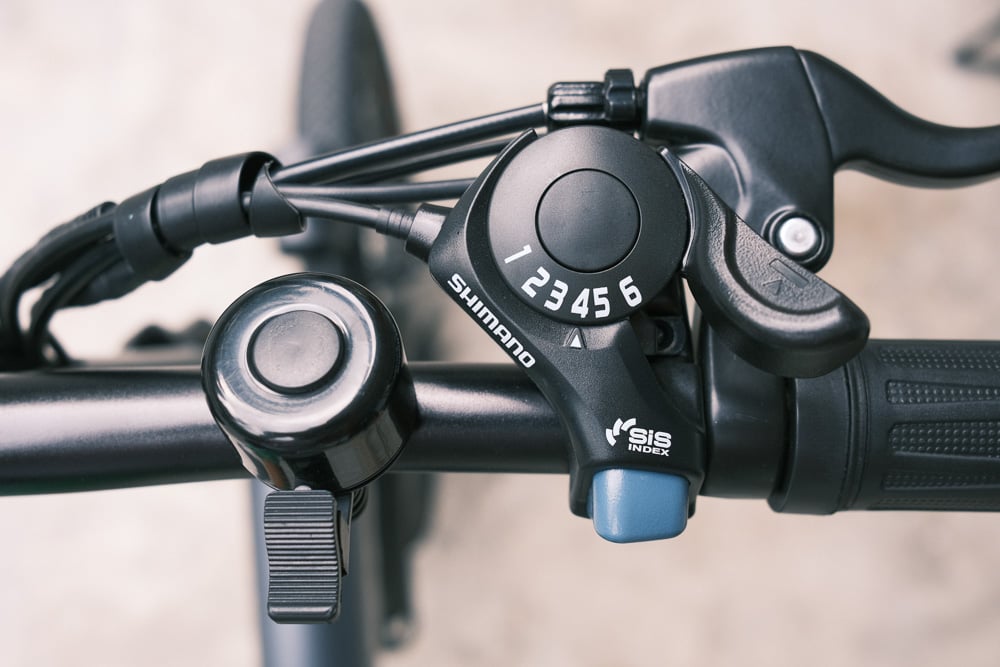
When using its electric motor, the Z20 has three modes, which can be toggled via the controller at the handlebar. Eco is pedal assist, while Medium and High are motor drive, meaning the e-bike can be used like an electric scooter.
The handlebar has a twist-grip throttle on the right, similar to a motorcycle, but it only works when the e-bike is in motion to prevent sudden acceleration.
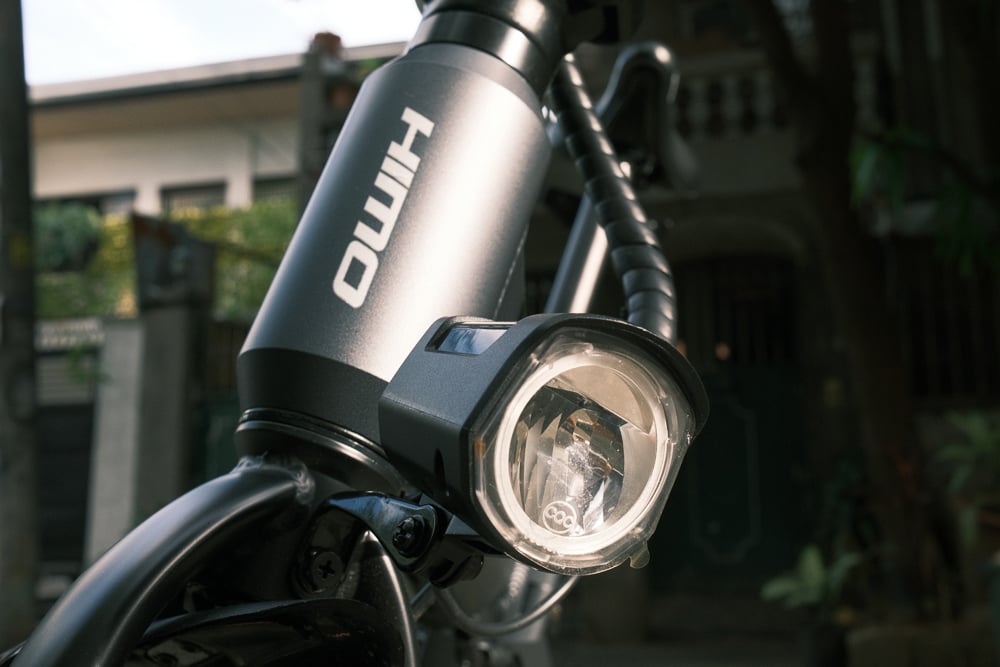
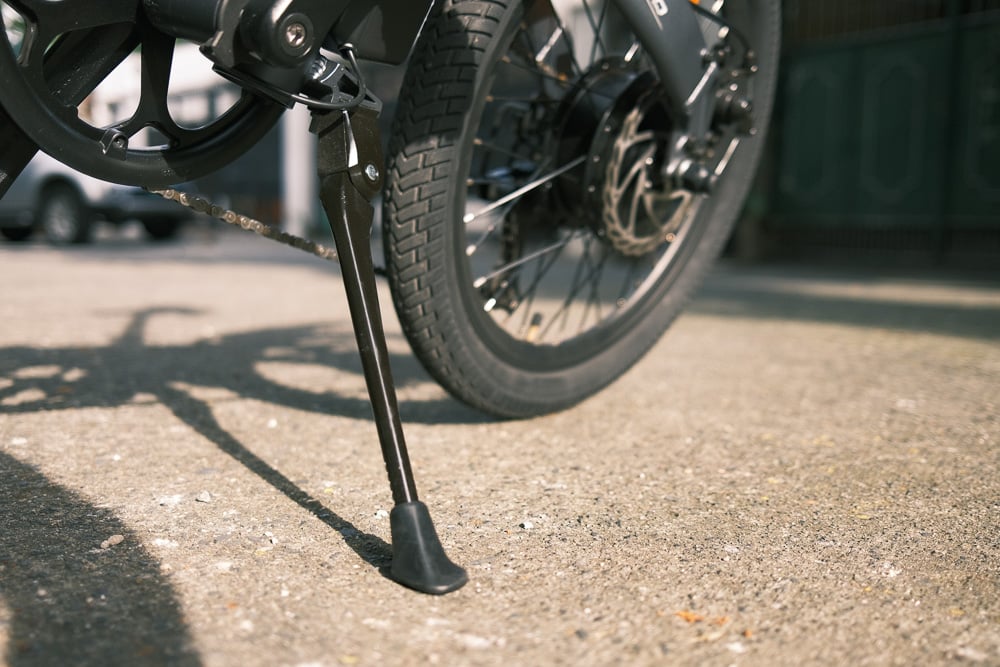
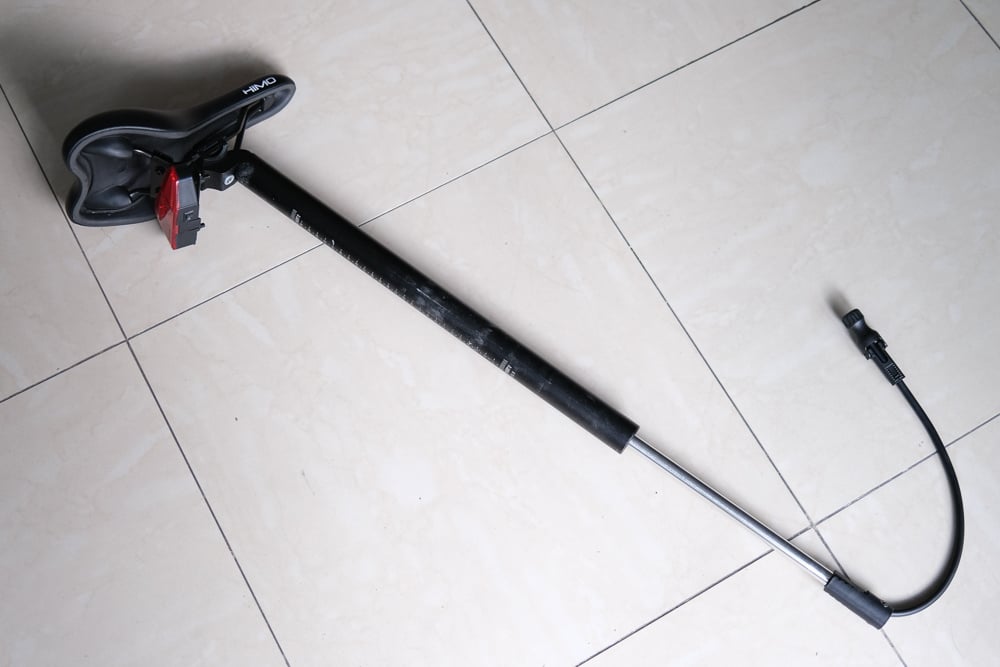
The challenge when riding the Z20 is that you have to figure out the best mode for different situations. When cycling leisurely on flats, you won’t have any problems. However, steep inclines like those in Kapitolyo could be challenging.
Eco is better than nothing, but it can be unpredictable as the pedal assist takes a while to kick in. It helps when climbing slopes, though it doesn’t provide maximum assistance.
That’s why I’d shift to High and combine my pedaling with the motor drive. For safety purposes, the motor is limited to a top speed of 25km/h. In my experience, it doesn’t actually reach that unless I put in some effort myself.
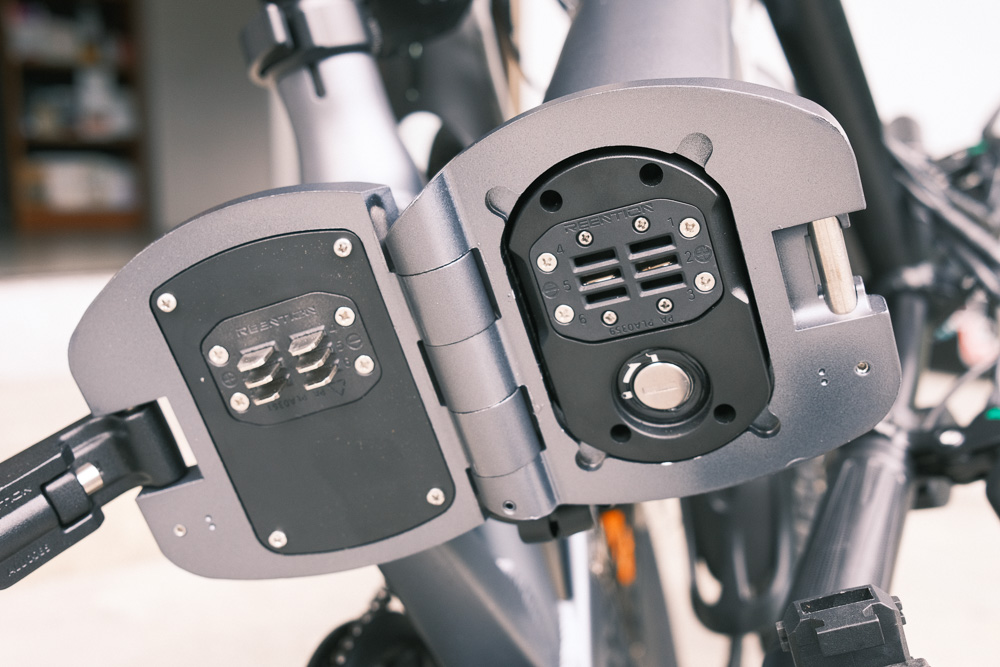
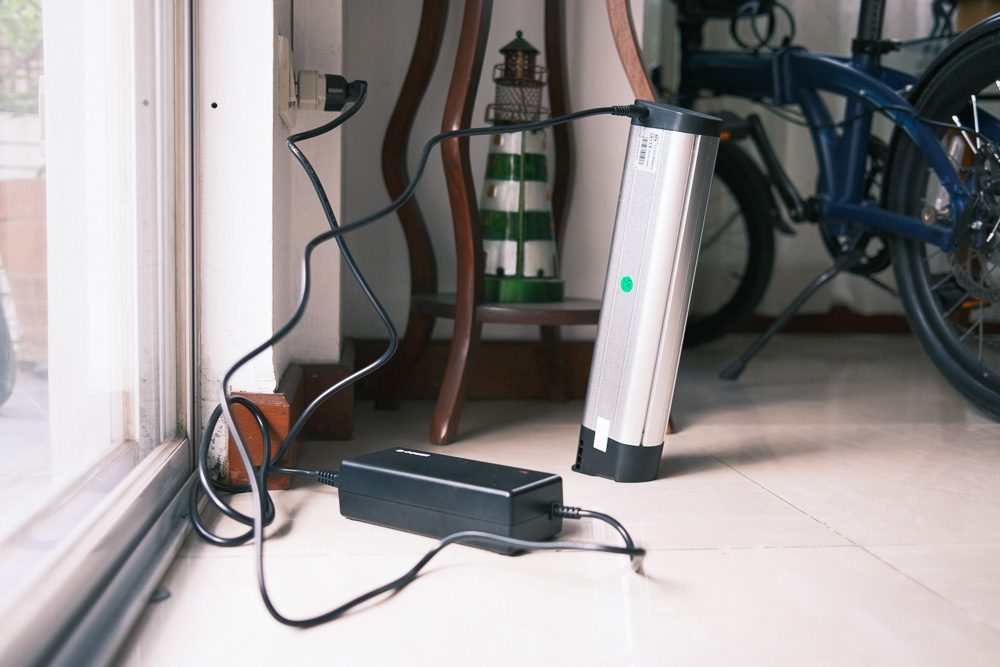
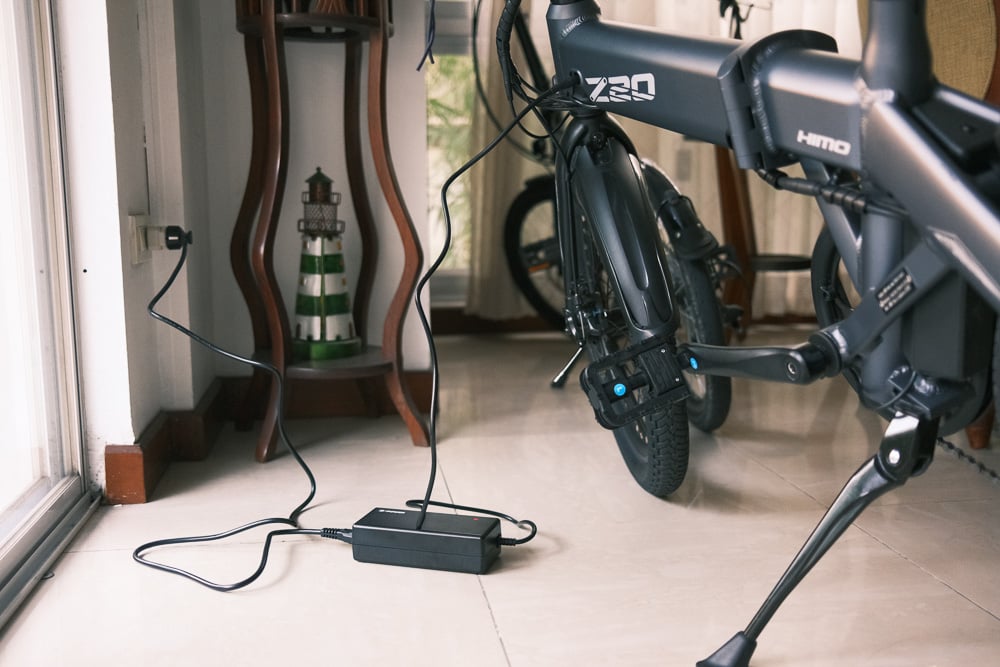
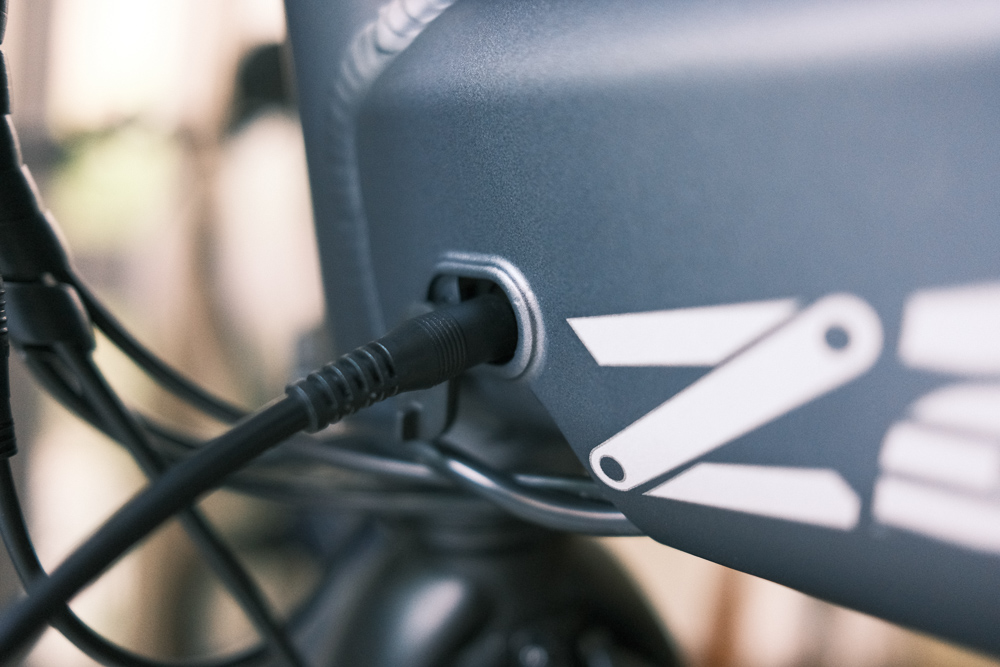
The motor drive is fun and helpful for accelerating from complete stops, but the battery drains quickly. The spec sheet lists a maximum range of 80km for pedal assist and 50km for motor drive. But your mileage may vary depending on factors such as the assist mode, the rider’s weight, and how flat and smooth the road is.
Without regard for battery life, I went on a round trip starting with a full charge between Kapitolyo and Uptown BGC, then another one between Kapitolyo and Greenhills with the motor drive on High.
By the time I was about to return from Greenhills, the battery was significantly depleted, so I had to pedal back on Eco. Even after a morning ride around Kapitolyo on Eco, more than half of the battery was gone from a full charge.
For daily use, conserving energy and charging the battery regularly would be wise, so the latter doesn’t die out in the middle of the day. According to Himo, a full charge takes around five hours, which isn’t far off from my experience.
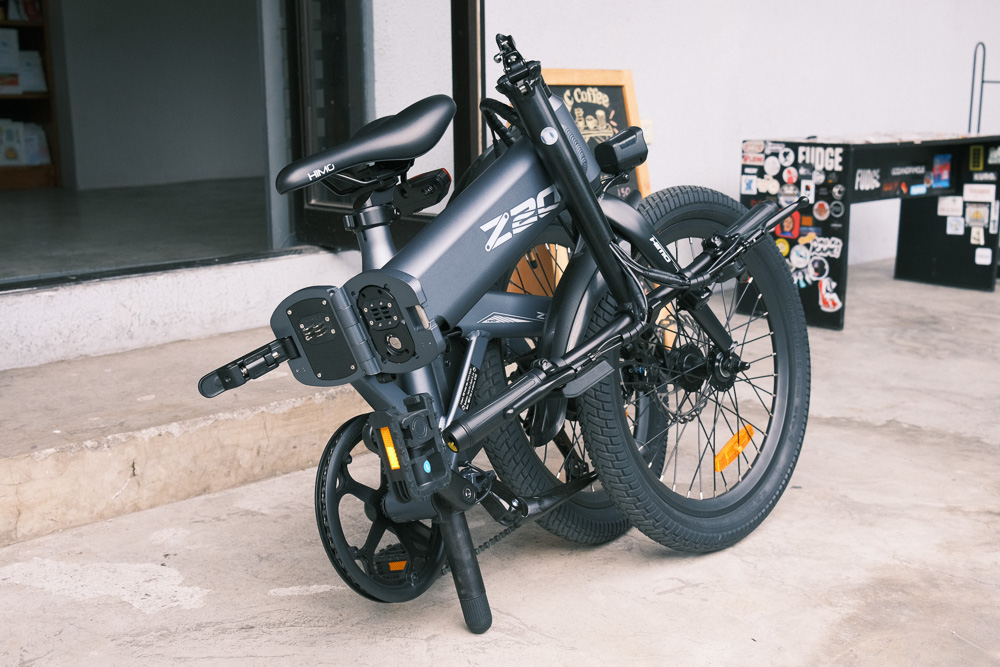
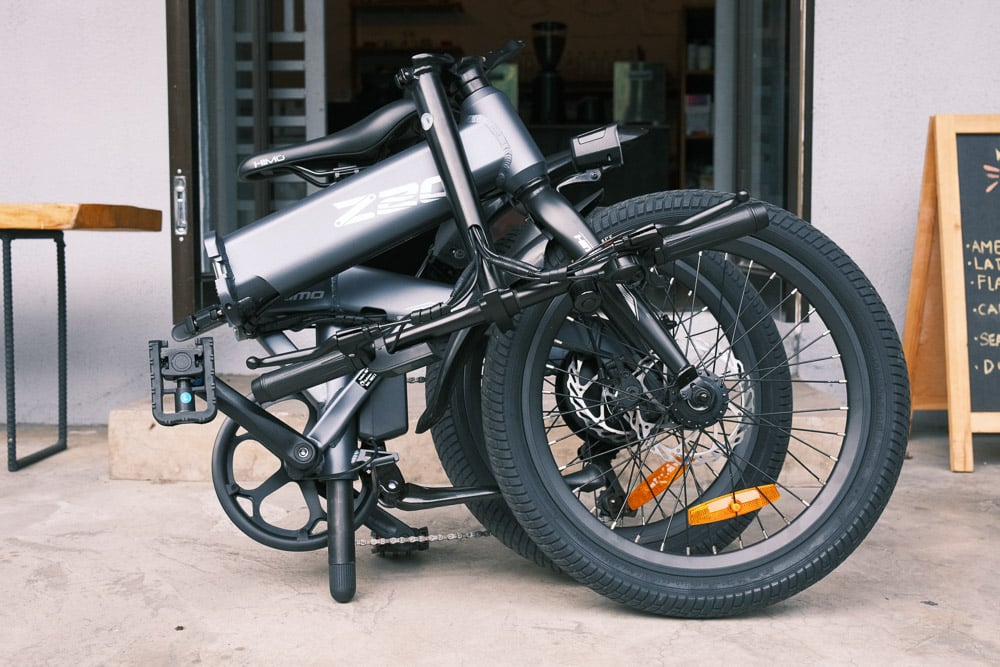
Although an e-bike like the Z20 is supposed to make cycling more accessible, its weight of 21.6kg means you won’t be lifting this up the stairs to the MRT or EDSA Carousel stations, and bike ramps won’t be of much help either.
Folding is done in three steps with lowering the seat post being the first one. Next, the handlebar post is bent downward before folding the frame, which exposes the battery. When folded, the Z20 is compact enough to be stored indoors, but that doesn’t make it any lighter or easier to carry.
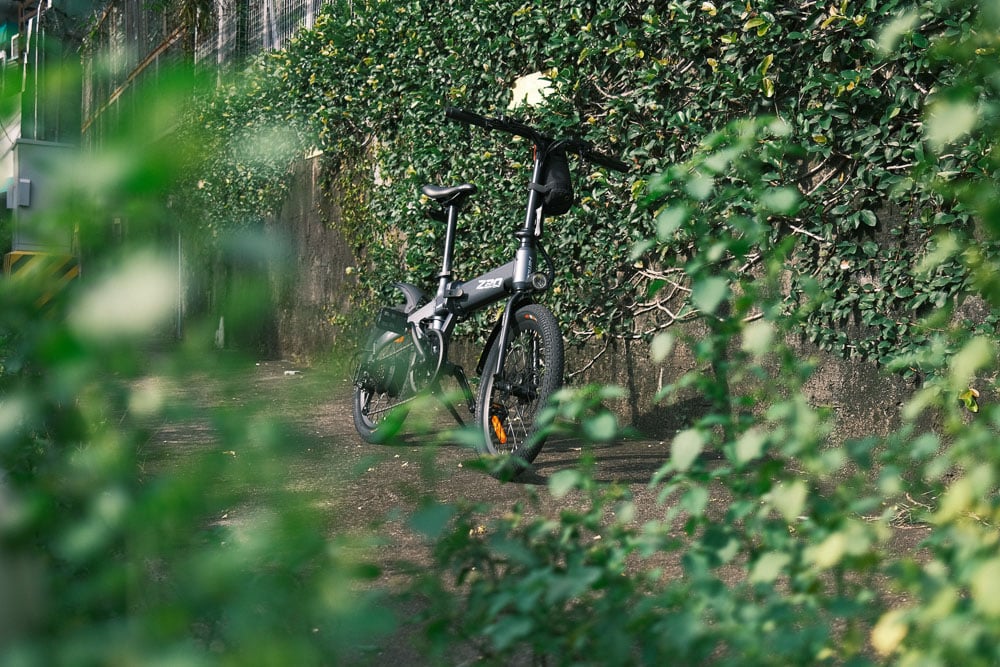
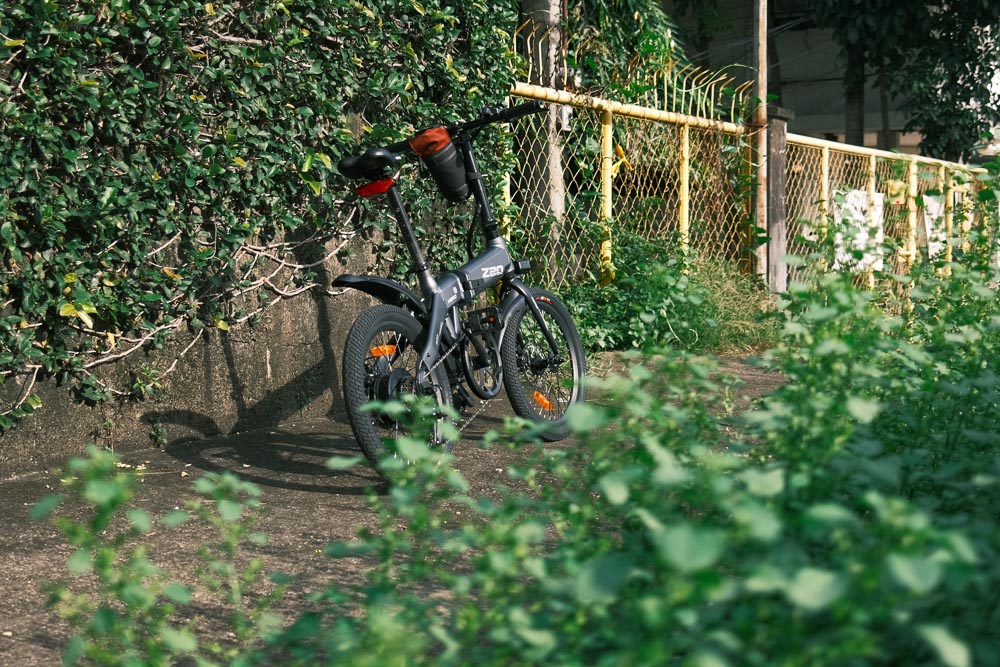
If you’d like to try out the Himo Z20, you can visit Electric Cyclery in Greenhills. It isn’t the cheapest e-bike around, but customers get the benefit of after-sales service, which is crucial for electronic devices.
At P45,900, you could get a nice mechanical bicycle if you wanted, but the Himo Z20 isn’t for enthusiasts. Rather, this is for people who just need a personal mobility device, something to get from point A to B (and back)—without having to fuss over cycling gear or deal with the problems of owning and using motor vehicles.

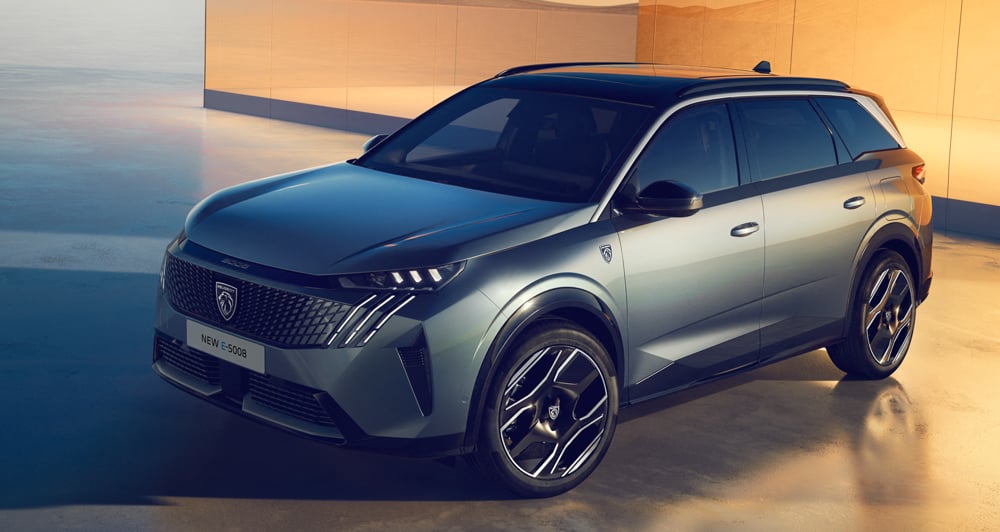
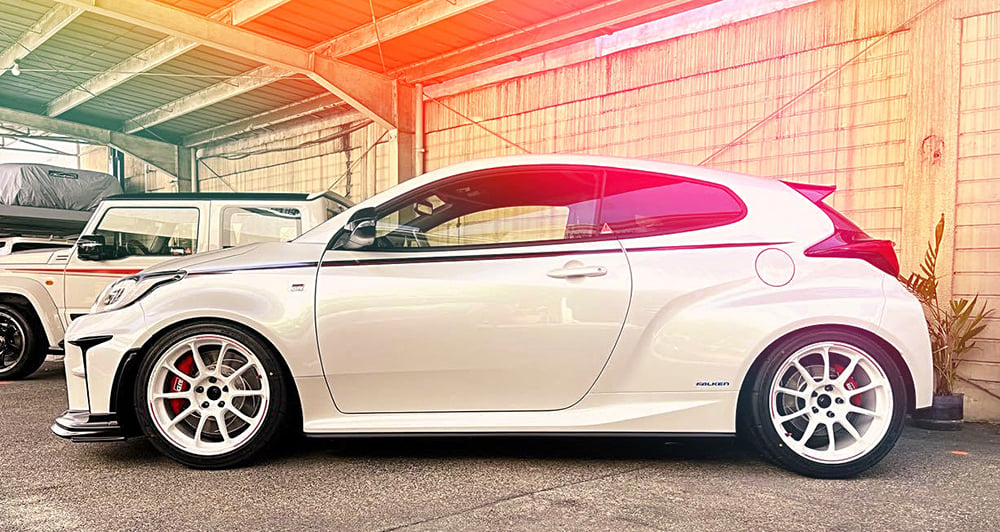
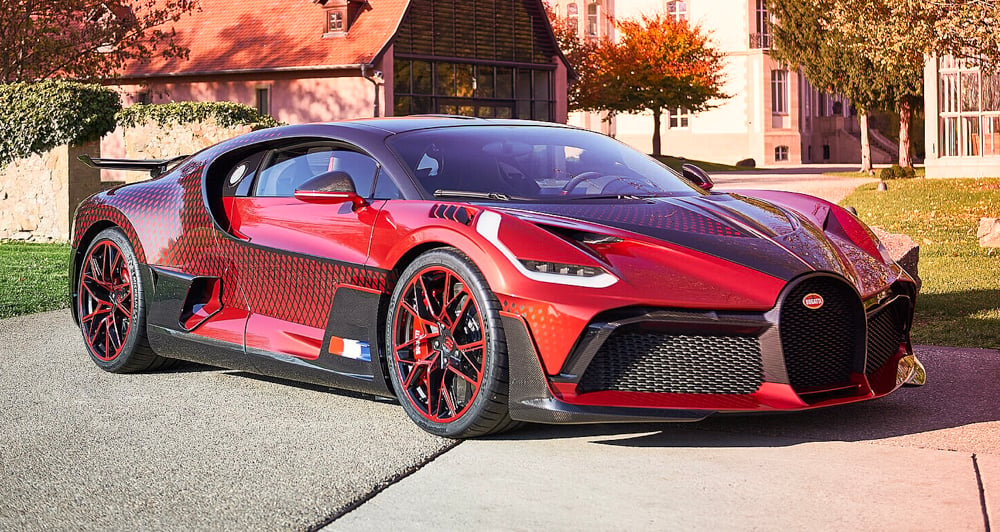
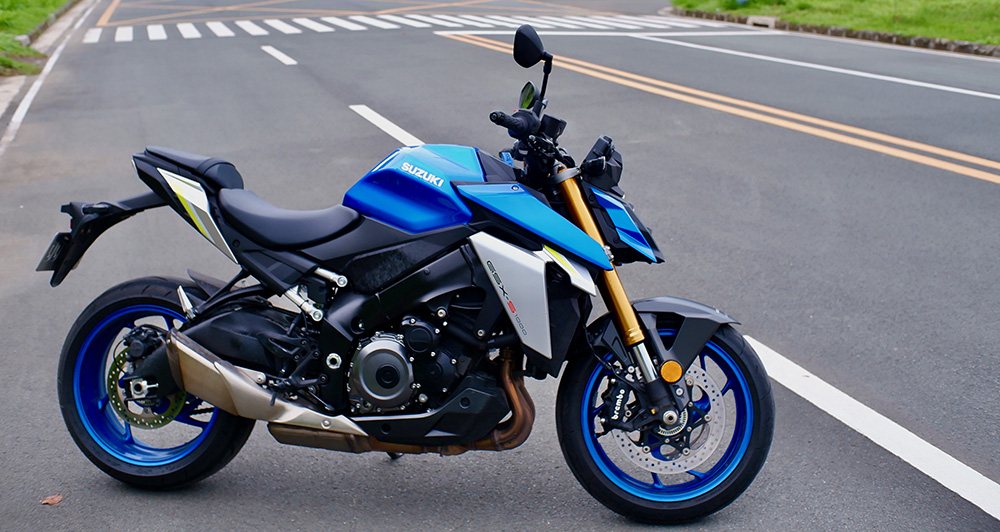
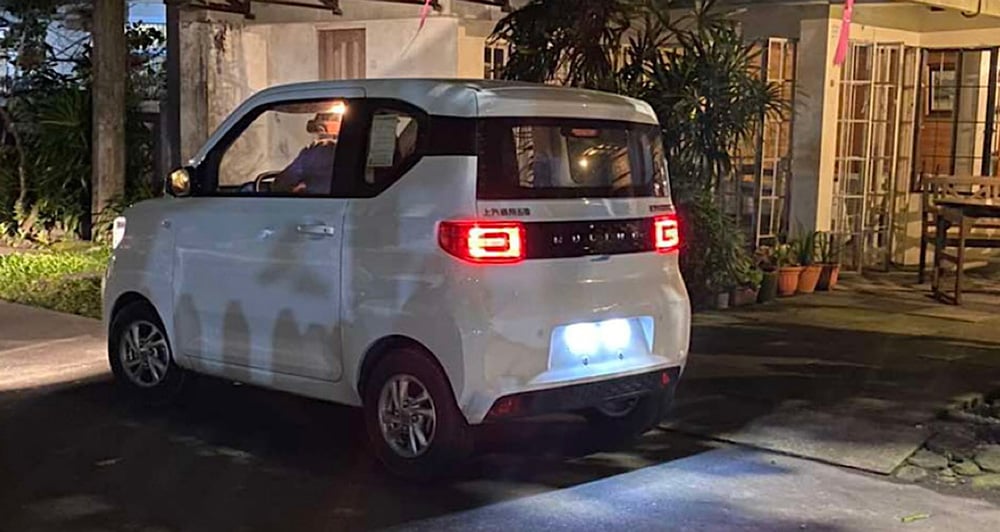
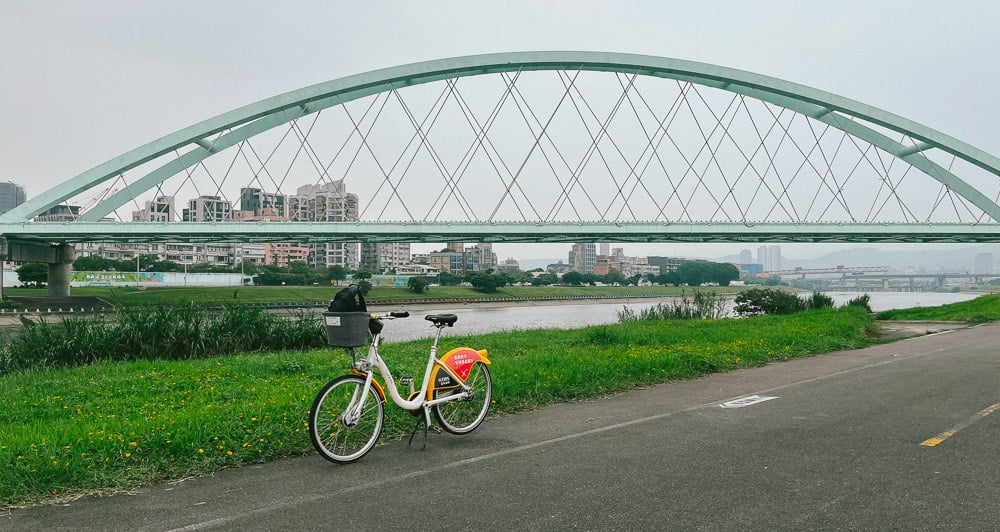
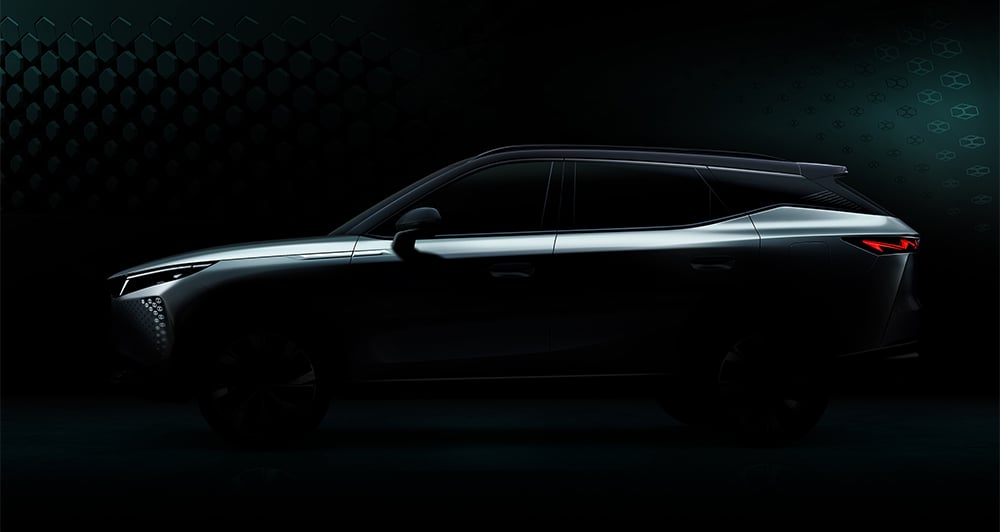
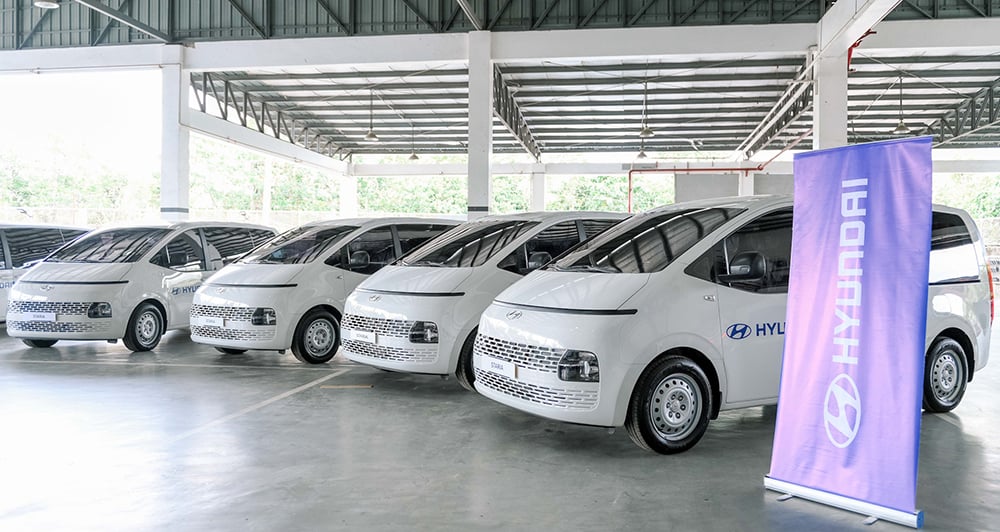


Comments